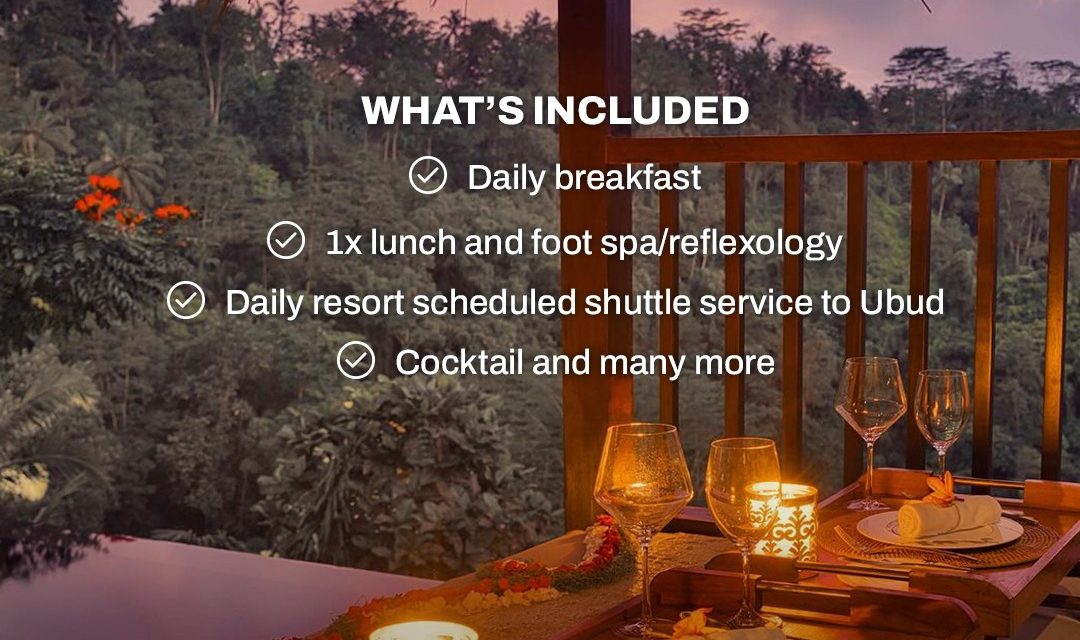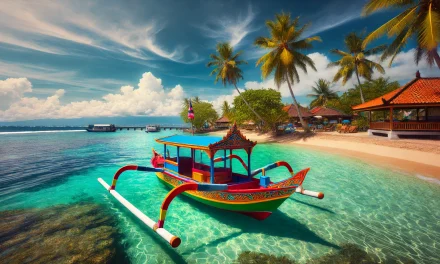Bali, often referred to as the Island of the Gods, is not just known for its breathtaking beaches and vibrant culture. It’s also home to a plethora of incredible wildlife, some of which face threats due to habitat loss, illegal trade, and other human activities. As a traveler and wildlife enthusiast, experiencing Bali’s natural beauty firsthand is invigorating, but it also fills one with a profound sense of responsibility towards its preservation. This is where Bali wildlife rescue programs come into play.
My First Encounter with Rescue Centers
I remember my first visit to Bali like it was yesterday. A friend and I had planned a week full of sun-soaked beach days and exhilarating hikes up Mt. Batur. But it was during a casual stroll through Ubud that I stumbled upon a sign leading to a wildlife rescue center. Curiosity got the better of me, and I found myself stepping in.
What I discovered was heart-wrenching yet inspiring. The center housed various rescued animals, including sun bears, turtles, and orangutans. They were safe here, rehabilitated, and cared for by dedicated staff. Listening to the stories of how these animals had been saved from poaching or unsafe living conditions opened my eyes to the grim realities of wildlife protection.
Why Wildlife Rescue Programs are Essential
Bali’s wildlife is under pressure, and rescue programs play a crucial role in conservation. They not only provide sanctuary for injured or rescued animals but also raise awareness about the importance of protecting their natural habitats. These programs often focus on:
– Rescue and Rehabilitation: Providing immediate care for injured or rescued wildlife to ensure their recovery.
– Education and Awareness: Teaching locals and tourists about the impact of illegal wildlife trade and habitat destruction.
– Release and Reintegration: Where possible, rehabilitated animals are released back into their natural habitats.
Local Spotlight: Bali Wild Animal Rescue Center
One of the most well-known initiatives is the Bali Wild Animal Rescue Center. This facility focuses on the rehabilitation of wildlife, including some species native to Indonesia. Visitors can take guided tours to learn more about the ongoing conservation efforts and even participate in feeding sessions!
During my visit, the staff shared a story about a rescued macaque who was found with severe injuries due to snares. After months of care and rehabilitation, he was ready to be released. Witnessing his release into the wild was an emotional and euphoric experience—one that truly underscores the impact of wildlife rescue initiatives.
Getting Involved
If you’re a nature lover eager to make a difference during your Bali trip, consider volunteering at one of these rescue programs. Many organizations welcome help from passionate individuals, whether it’s through direct animal care, educational outreach, or ecological conservation projects.
Practical Advice for Travelers
1. Plan Ahead: Research various rescue organizations before your trip to find one that aligns with your values. Some may require prior arrangements if you want to volunteer.
2. Visit with Purpose: Rather than participating in activities that exploit wildlife (like photo ops with animals), choose to visit rescue centers that prioritize animal welfare and education.
3. Engage in Workshops: Some programs offer workshops on wildlife conservation, which can provide deeper insights into the challenges faced by wildlife.
4. Spread the Word: Share your experiences on social media or among friends. Raising awareness about Bali’s wildlife can spur others to act responsibly and support conservation efforts.
A Personal Commitment
Now, every time I think of Bali, I don’t just think of its beauty but also of my commitment to wildlife preservation. After that initial visit, I became an advocate for ethical wildlife tourism. I even support organizations that work diligently to rescue and rehabilitate animals around the globe—efforts I discovered during that eye-opening trip to Bali.
Bali’s charm is undeniable, but its wildlife deserves just as much attention and respect. If you find yourself on this beautiful island, take a moment to engage with these rescue programs. You might leave not only with a tan but also with a heart full of purpose and a newfound commitment to wildlife conservation.
Final Thoughts
In conclusion, Bali wildlife rescue programs are a vital part of the island’s rich tapestry. They deserve our attention, support, and involvement. Whether you’re on a vacation or just looking for ways to give back to nature, I urge you to visit, learn, and participate in the well-being of Bali’s wildlife. Together, we can help ensure that this paradise remains a haven for its unique inhabitants and those who cherish them.






